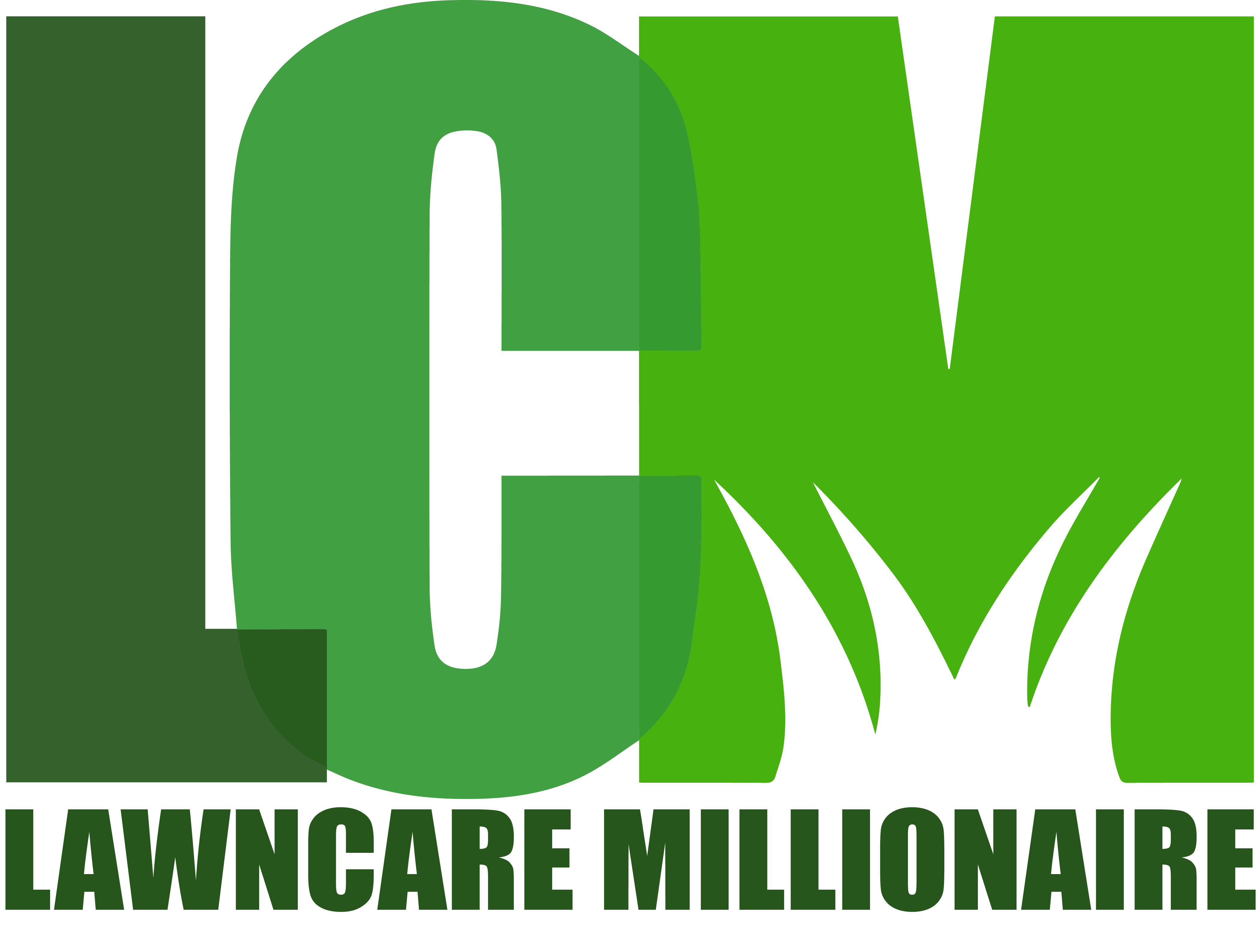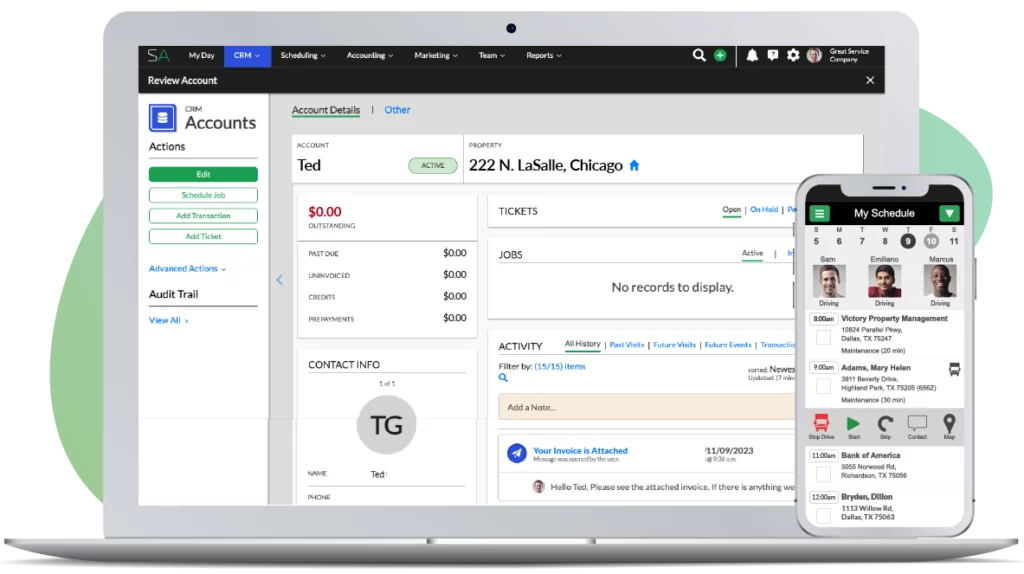Jonathan:
The question is “I’m a new company, and I’ve got a website in place.” I’ve got to read this to you. I don’t know if the individual asking the question is the owner. “The owner is not the very best at dealing with face-to-face sales. With a limited budget of around 1,000, should this company hire a dedicated salesperson?” No. I’ll come back to that. “Paid salary plus commission versus spending this money on mailers and door hangers. Which would make a potential higher ROI,” return on investment. I’m glad you’re thinking that way. Most people don’t. “Thank you for all the great videos.”
All right. No. $1,000 budget, I’m assuming that means $1,000 monthly budget, not enough. It’s not enough. Hiring a Salesperson’s a risky endeavor. You usually don’t get the right one the first time. You’ve got a lot of things you’ve got to learn to do it right. That’s not where to start. Regarding mailers, I’m interpreting mailers to be postcards, EDDM, who knows what, tenfold cards. I’m not sure exactly what you have in mind when you say mailers, but I’m imagining we’re putting bulk postage or a stamp onto this item, and we’re getting it out to a mailbox. Don’t do that. $1,000 is not even close to enough of a budget to test, to know if it’ll work.
Meaning that you could mail a $1,000 worth of mailers, and it could be wildly successful, and so you’re like, “Oh, this is awesome. I’m going to do 10,000,” and the 10,000 could blow up on you. Or you could do a 1,000 and say, “I got no response. This doesn’t work. I’m never going to mail again.” $1,000 tells you nothing. There’s no statistical probability that you can … I’m going to go off in the weeds on that one.
You just don’t have enough data to know if it really, if the result you saw will happen again the next time you mail. So stay away from that for now. But door hangers, that’s something that you can do, because you can print so inexpensively. You can distribute yourself. You can get way more than a 1,000 out. A 1,000’s a very small sample size. There are so many factors that go into whether or not something works. And I’ve talked about that in other videos. The point here is with door hangers, maybe we can get it up to 10,000 or 20,000 because you can get these out yourself. And you can take all the postage costs that you would have spent, at, let’s just call it roughly 50 cents apiece. And you can apply all of that to printing, and then you can distribute yourself. That would get me excited. That’s where I would start.
Last two little items here. I actually just, the other day recorded a video. It’s not been posted yet. But when you’re watching this, it will probably be posted. The title of it is How a Badass Starts a Lawn Care Business with Only $1,000. So I actually just spoke to this exact issue. So go look for that video. How a Badass Starts a Lawn Care Business with Only $1,000. And I give you some steps.
And then the last point I wanted to make is to an earlier comment. You said, “The owner’s not best at dealing with face-to-face sales.” Well, to grow a business, you gotta figure out how to sell. You can market, be fabulous at marketing, but you gotta close that work. You gotta close it over the phone. You gotta close it in person. You gotta somehow close it. So I’d suggest working on that. If it’s just a face-to-face issue, good news. A lot of work can be just sold right over the phone. But if it’s … So, if that’s all it is is a face-to-face thing, solvable problem. You need to make sure business model supports closing over the phone. But I’d also suggest working on the face-to-face thing.
And if you’re concerned or this individual’s concerned about selling, whether it be face-to-face or over the phone, I’d suggest you think about sales differently than many people do. A lot of people are scared of sales. A lot of people have a bad connotation around sales. My opinion is if you do sales right, all you’re doing is you’re consulting and you’re advising. You’re helping an individual find a great solution for them. You’re helping them solve a problem. If your company can’t solve their problem, if your company can’t find a great solution, then you shouldn’t be selling them. That’s my opinion.
And so when I’m working with someone, I’m going to sell them on something that benefits them. And I’m going to help them figure out how it will benefit them and show them how it’ll benefit them. It’s not a fit. It’s not right for them. I don’t want that money. That’s short-term money. And if I take short-term money, they’re not going to like me, and they’re not going to like my company. They’ll write a bad review. And then they’ll also never work with us in the future. Whereas, if I only sell clients that I can help and serve, and I let the other go, we’re still an option for them someday down the road if we can, in the future, solve their problem.
So if you think about it in that context, you’re just a consultant. You’re an advisor. You’re helping them solve a problem. And so a book that might help you with this kind of thinking and help you with sales is a book I read years ago in our sales team at Service Autopilot reads it, or has read it. It’s by Neil Rackham. And it’s called SPIN Selling. Neil Rackham, SPIN Selling. Check it out. And if it’s a mindset issue, change your mindset. Selling is not used car salesman. It’s not hard pushy selling. It’s advising, consulting, helping, giving them the very best solution.
Podcast: Play in new window | Download
Subscribe: RSS



